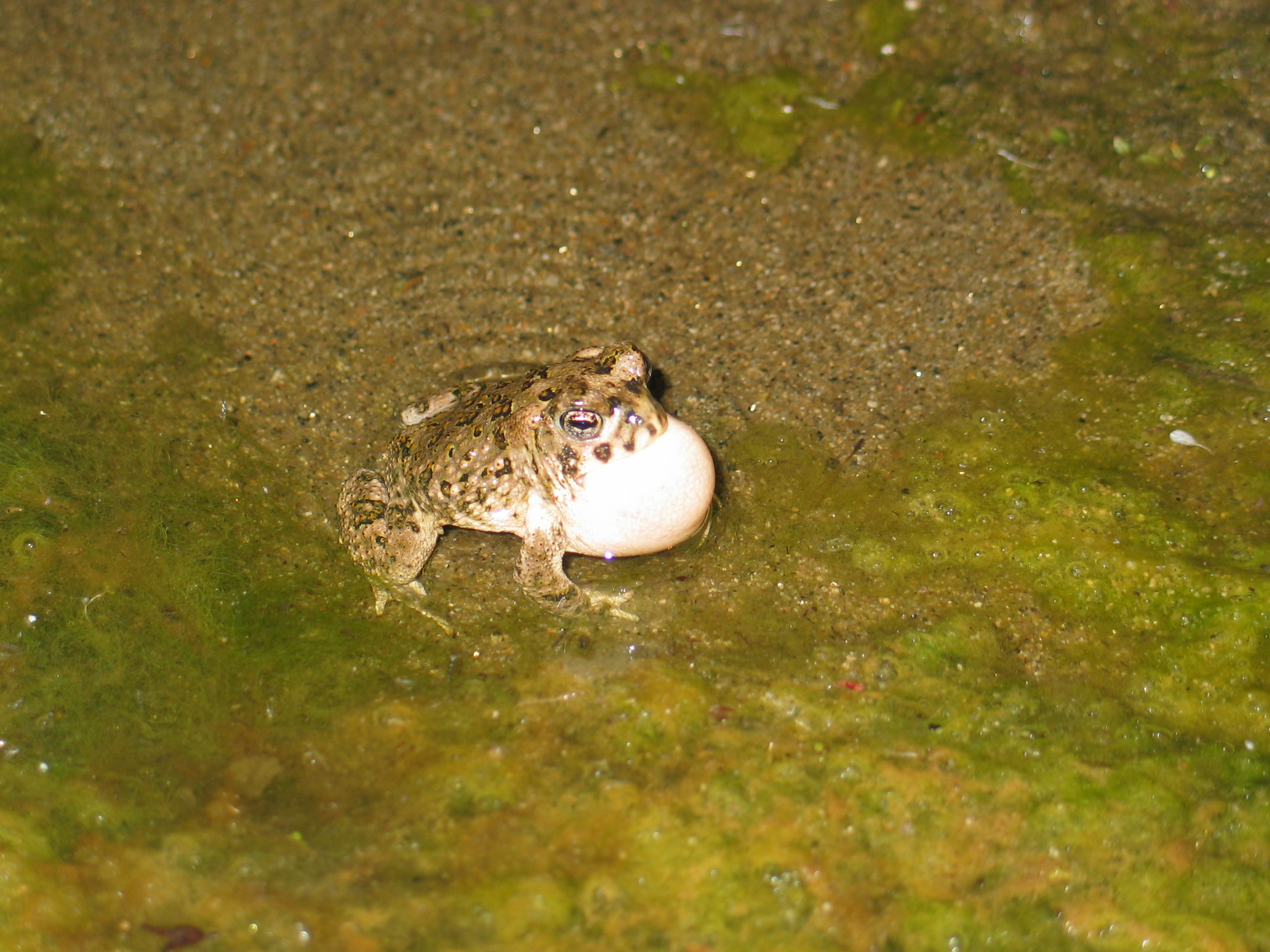Longevity and population age structure of the arroyo southwestern toad (Anaxyrus californicus) with drought implications
Abstract/Summary
The arroyo southwestern toad is a specialized and federally endangered amphibian endemic to the coastal plains and mountains of central and southern California and northwestern Baja California. It is largely unknown how long these toads live in natural systems, how their population demographics vary across occupied drainages, and how hydrology affects age structure. We used skeletochronology to estimate the ages of adult arroyo toads in seven occupied drainages with varying surface water hydrology in southern California. We processed 179 adult toads with age estimates between one and six years. Comparisons between skeletochronological ages and known ages of PIT tagged toads showed that skeletochronology likely underestimated toad age by up to two years, indicating they may live to seven or eight years, but nonetheless major patterns were evident. Arroyo toads showed sexual size dimorphism with adult females reaching a maximum size of 12mm greater than males. Population age structure also varied among the sites. Age structure at sites with seasonally predictable surface water was biased toward younger individuals, which indicated stable recruitment for these populations. In contrast, age structures at the ephemeral sites were biased toward older individuals with cohorts roughly corresponding to higher rainfall years. These populations are driven by surface water availability, a stochastic process, and are thus more unstable. Based on our estimates of toad ages, climate predictions of extreme and prolonged drought events could mean that the number of consecutive dry years could surpass the maximum life span of toads making them vulnerable to extirpation, especially in ephemeral freshwater systems. Understanding the relationship between population demographics and hydrology is essential for predicting species resilience to projected changes in weather and rainfall patterns. The arroyo toad serves as a model for understanding potential species responses to long term climatic and hydrologic changes in Mediterranean stream systems. We recommend development of adaptive management strategies to address these threats.
Publication details
| Published Date: | 2018-05-20 |
| Outlet/Publisher: | Ecology and Evolution |
| Media Format: |
ARMI Organizational Units:
Southwest, Southern California - BiologyTopics:
DroughtManagement
Monitoring and Population Ecology
Species and their Ecology
Stressors
Place Names:
San Bernardino National ForestSan Diego County, CA
Keywords:
climatedemographics
drought
ecology
Endangered Species Act
life history
persistence
reproduction
survival
T&E
threatened species

